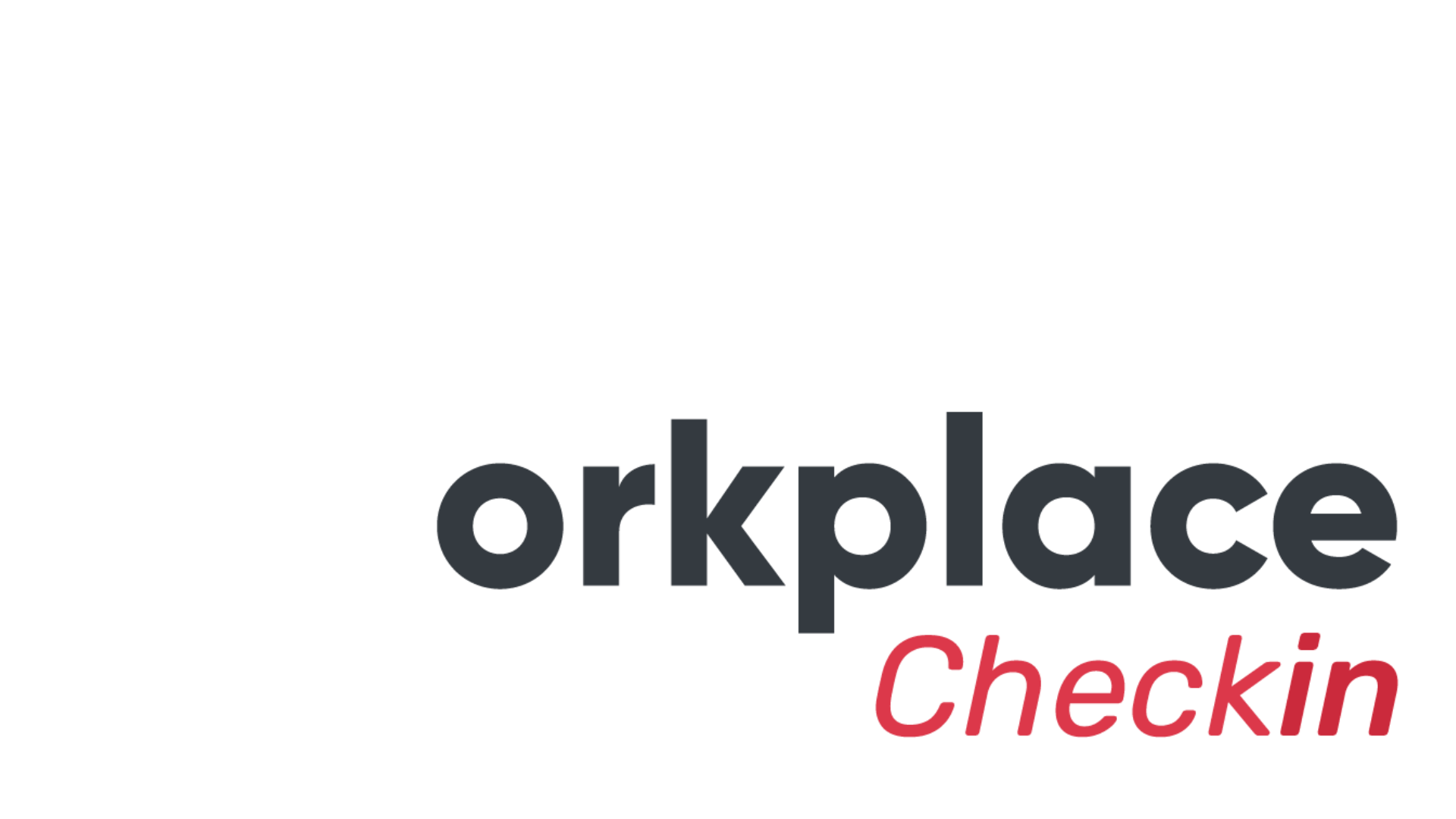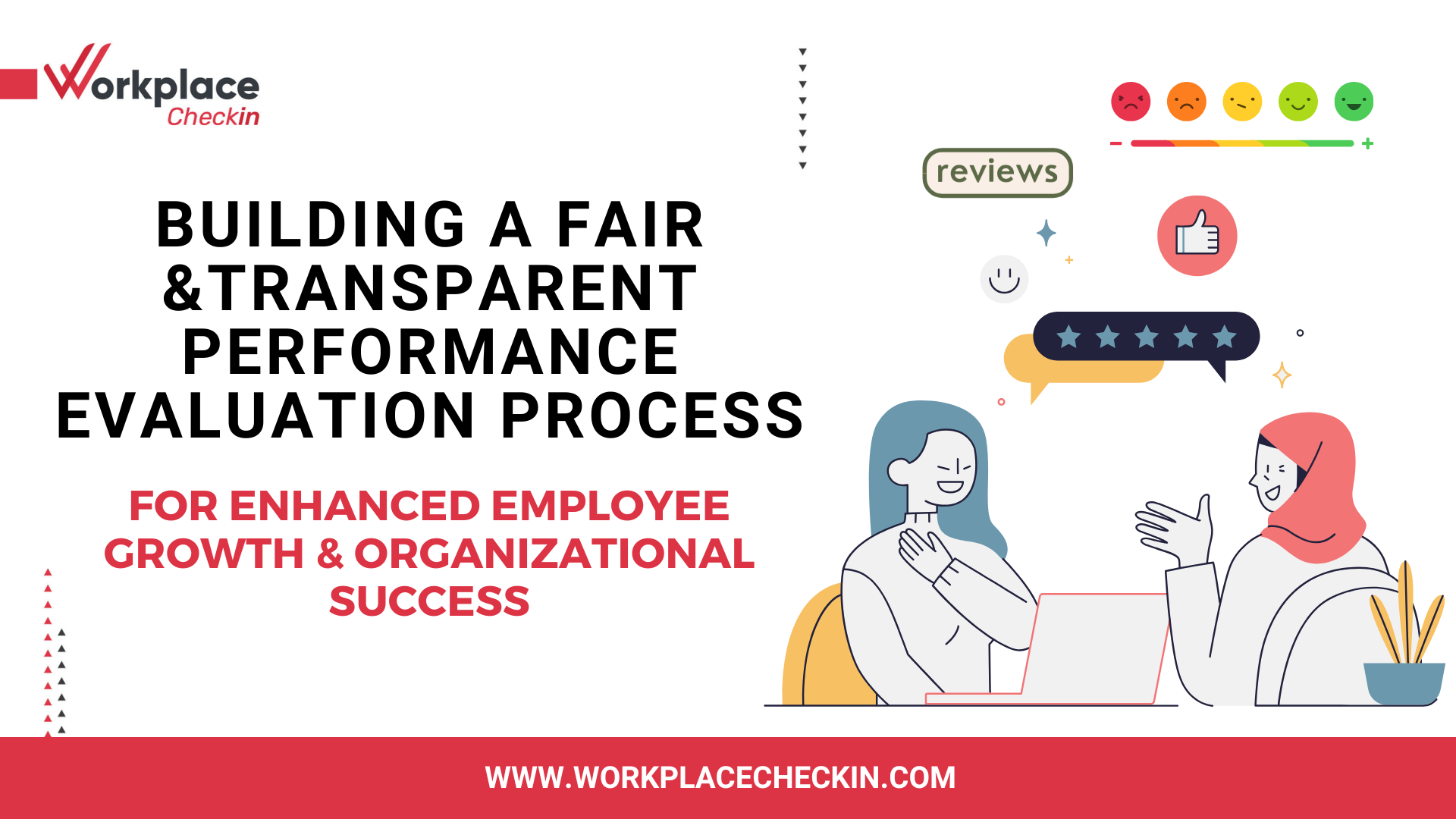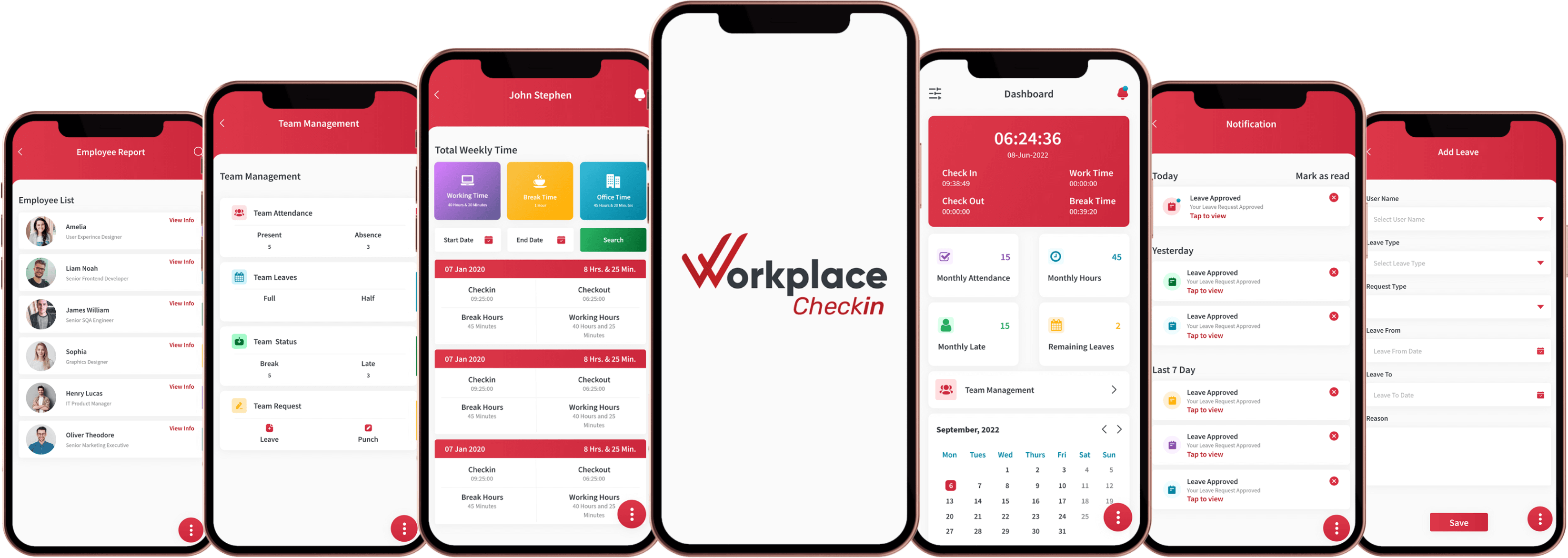

Quiet Hiring: A Strategic Approach to Talent Acquisition
In today's fast-paced and competitive business environment, companies are continually seeking innovative ways to attract and retain top talent. One of the emerging strategies is "Quiet Hiring," a discreet yet highly effective method of recruiting that has gained traction among forward-thinking organizations. Unlike traditional hiring processes, which often involve public job postings and extensive recruitment campaigns, quiet hiring operates under the radar, focusing on identifying and acquiring talent in a subtler and strategic manner.
What is Quiet Hiring?
Quiet hiring is the practice of filling critical roles within an organization without making the process widely known. This approach is often used for senior-level positions or roles that require highly specialized skills. Instead of advertising the vacancy publicly, companies rely on internal networks, industry connections, and targeted outreach to identify and recruit potential candidates. This method allows organizations to find the right talent without drawing unnecessary attention or alerting competitors.

Why Do Companies Use Quiet Hiring?
Confidentiality:
Confidentiality is often the primary reason companies opt for quiet hiring. In competitive industries, announcing a job opening, especially for senior positions, can attract unwanted attention from competitors. For instance, when a tech company is looking to replace its Chief Technology Officer (CTO), publicly advertising the position could signal to competitors that the company is undergoing significant changes, potentially leading to speculation or attempts to poach other key employees.
Example:
A major pharmaceutical company needed to replace its Chief Scientific Officer (CSO) after a sudden resignation. Instead of posting the job, they quietly approached a candidate from a rival firm through an executive search firm, ensuring the transition was smooth and didn’t alert competitors to their internal challenges.
Targeted Recruitment:
Quiet hiring allows organizations to zero in on specific individuals with the exact qualifications and experience needed for a role. This approach is often used in industries where specialized skills are in high demand but short supply. According to a LinkedIn report, 70% of the global workforce is made up of passive talent who aren’t actively job searching but are open to new opportunities if approached. Quiet hiring taps into this passive talent pool, often leading to better hires.
Example:
When Apple wanted to develop its proprietary silicon chips, it quietly hired top semiconductor engineers from companies like Qualcomm and Intel, targeting specific individuals who had the expertise needed to spearhead their chip development program.
Cost Efficiency:
The recruitment process can be expensive, with costs associated with advertising, agency fees, and lengthy interview processes. A 2019 study by the Society for Human Resource Management (SHRM) found that the average cost per hire for companies is $4,129. Quiet hiring often reduces these expenses by leveraging networks, internal referrals, and direct outreach, leading to faster hires with fewer resources.
Example:
A mid-sized financial firm used quiet hiring to fill a senior analyst position. Instead of engaging a recruitment agency, they approached a well-known analyst directly through a mutual connection. The process was completed in weeks, saving the company thousands in recruitment costs.
Maintaining Stability:
Open job postings for critical roles can create instability within an organization, leading to uncertainty among employees. For example, if a company publicly announces a search for a new CFO, it might lead to speculation about the company’s financial health or trigger concerns among shareholders and investors.
Example: When Google was in the process of quietly replacing a key executive in charge of a major product division, they did so through discreet outreach, ensuring that there was no disruption to ongoing projects or market confidence.

How Does Quiet Hiring Work?
Internal Referrals:
One of the most effective methods of quiet hiring is leveraging internal referrals. Employees often know industry peers who would be a good fit for open roles, particularly in niche fields. According to a Jobvite report, employee referrals are the top source of new hires, with referred candidates being 55% faster to hire and staying at companies longer.
Example:
When Amazon needed to expand its machine learning team, it relied heavily on internal referrals. Employees were incentivized to refer top talent from their networks, resulting in a faster and more efficient hiring process without publicizing the positions.
Executive Search Firms:
For high-level roles, companies often engage executive search firms, also known as headhunters, to conduct a discreet search. These firms specialize in finding candidates who are not actively looking for new opportunities but may be interested in the right offer. Executive search firms maintain extensive networks and have the expertise to approach candidates in a confidential manner.
Example:
When IBM needed to hire a new CEO in 2020, they worked with an executive search firm to discreetly approach and evaluate potential candidates. The process was conducted under strict confidentiality, and the announcement of the new CEO was made only once the decision was finalized.
Direct Outreach:
Instead of posting job ads, companies may directly reach out to potential candidates who are already employed, often through platforms like LinkedIn or via mutual connections. This method is particularly effective in recruiting passive candidates who may not be actively seeking a new job but are open to the right opportunity.
Example:
Tesla has been known to use direct outreach to hire top engineers from companies like SpaceX and NASA. By directly approaching individuals with unique skill sets, they’ve been able to build a team of highly specialized talent without publicizing the hiring process.
Internal Promotions:
Sometimes, the best candidate for a role is already within the company. Quiet hiring can involve promoting an existing employee without publicizing the opportunity externally. This not only ensures continuity but also rewards loyal employees with career advancement opportunities.
Example:
At Microsoft, many senior leadership roles are filled through internal promotions. Instead of launching an external search, the company identifies high-performing employees who have the potential to step into more significant roles, ensuring a smooth transition and minimal disruption to operations.

The Pros and Cons of Quiet Hiring
Pros:
Confidentiality: Protects sensitive company information and prevents unnecessary disruption.
Targeted Approach: Ensures a precise match for the role, reducing the risk of a bad hire.
Speed: Can expedite the hiring process by focusing on a select group of candidates.
Cost-Effective: Reduces the expenses associated with traditional recruitment methods.
Cons:
Limited Talent Pool: The discreet nature of quiet hiring may exclude qualified candidates who are not within the company's immediate network.
Lack of Diversity: Relying on internal referrals or targeted outreach can lead to a lack of diversity in the candidate pool.
Potential Resentment: Existing employees may feel overlooked if they are not considered for the role, leading to potential dissatisfaction.
Is Quiet Hiring Right for Your Organization?
Quiet hiring is not a one-size-fits-all solution, but it can be an effective strategy for organizations that need to fill roles discreetly and efficiently. It is particularly useful for high-level positions, sensitive roles, or when a company wants to avoid the disruptions associated with a public hiring process. However, it is important to weigh the potential drawbacks, such as a limited talent pool and the risk of excluding diverse candidates.
Ultimately, quiet hiring should be one of many tools in a company's talent acquisition strategy, used in conjunction with more traditional methods to ensure a well-rounded and inclusive approach to recruitment.
Conclusion
Quiet hiring is a strategic and often underutilized approach to recruitment that can offer significant benefits to organizations. By leveraging internal networks, executive search firms, and direct outreach, companies can fill critical roles quickly and efficiently while maintaining confidentiality and minimizing disruption. However, it is essential to balance this approach with a commitment to diversity and inclusion, ensuring that the best talent is always identified, regardless of the recruitment method.






